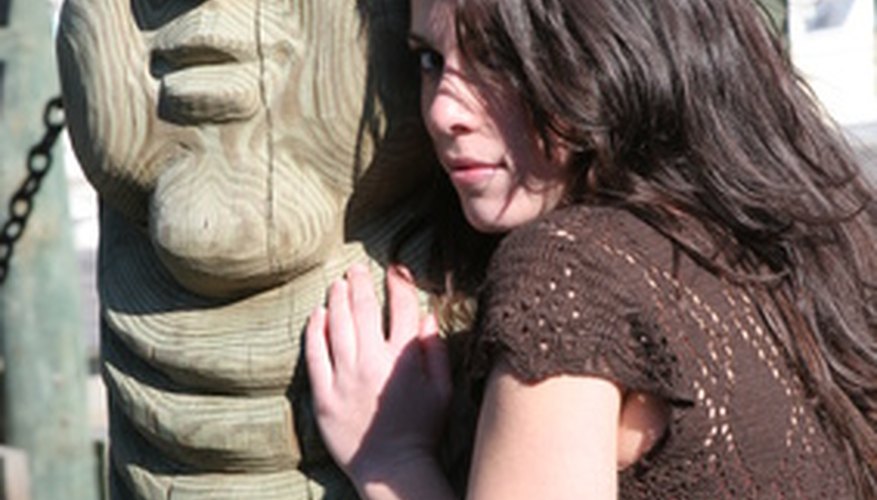Tiki masks and statues are used extensively in beach-themed restaurants to lend a Polynesian atmosphere. In Hawaii and other Pacific island cultures, however, the tiki is a representation of ancestor worship and part of their history.
- Tiki masks and statues are used extensively in beach-themed restaurants to lend a Polynesian atmosphere.
- In Hawaii and other Pacific island cultures, however, the tiki is a representation of ancestor worship and part of their history.
The Original Tiki Man
In most Polynesian cultures, "tiki" or a similar word is the name of the first man--not human--who then creates the first human being out of mud or blood. Tiki, the man, is also associated with the god Tane's penis, making him very much a creator.
Tiki In Polynesia
Polynesian folk artists often carve tiki statues and masks to honour Tiki and capture his power. These statues are often used to mark, and perhaps magically protect, the borders of temples and sacred sites.
Western Tiki Use
In the 1930s, Don the Beachcomber and others started decorating restaurants and bars with Polynesian themes. Tiki masks, easy to hang on the wall, became a common central decorating point. Soldiers and sailors coming back from Hawaii and other Pacific posts in the 1940s turned this trend into a craze.
Tiki Masks Today
Tiki masks are still used in restaurant and bar decor, but in Hawaii and other Polynesian cultures they are also treated seriously. Each Tiki mask is modelled after a different aspect or power the artist wants to capture (for example, the Strong Man). Many artists name their tiki after these aspects.
